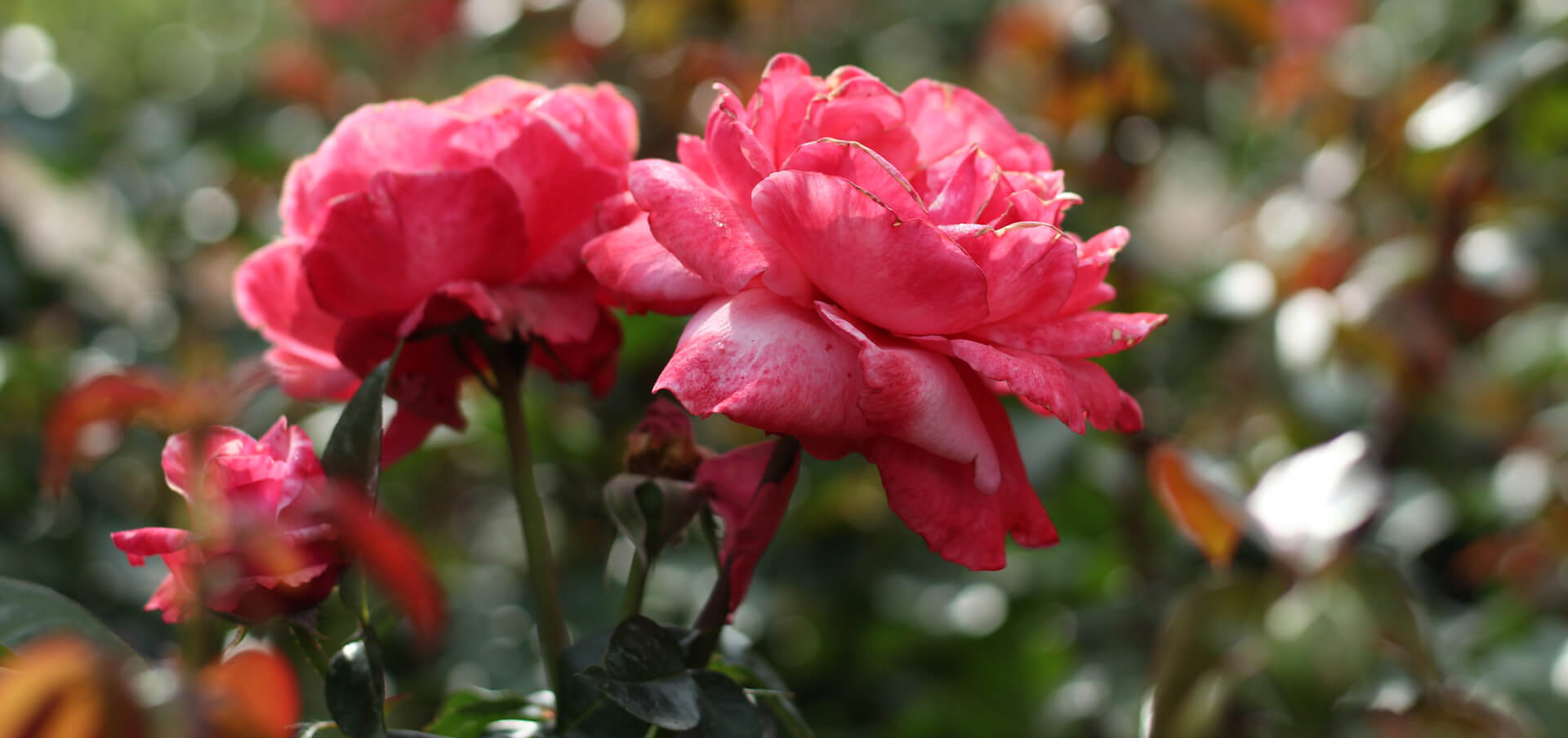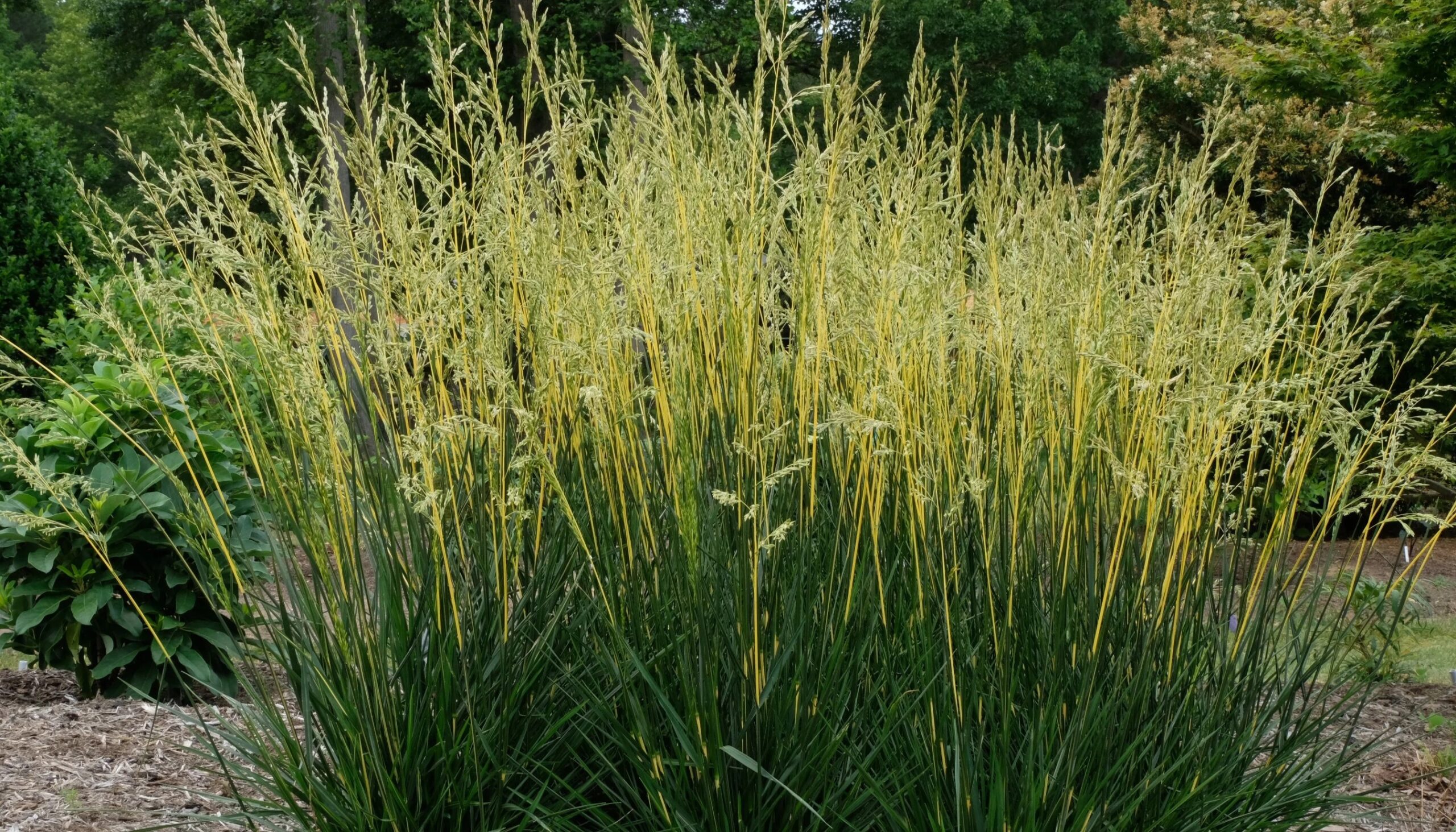I’m not a patent lawyer, but I can speak about plant patents from experience. If you find yourself awake all night wanting to know more about the plant patenting process, then I have the cure to your insomnia. The plant patent is perhaps the least understood component of ornamental horticulture—the topic seems rarely discussed, despite a large percentage of plant labels at your local plant retailer having a Plant Patent Number (PP #####) printed on it somewhere. So…what is a plant patent, what does it reveal about your plant, and is it relevant for your garden?
Proprietary Propagation
The patenting of specific plant varieties in the US was first made possible in May, 1930, by the Plant Patent Act. The patented plant is considered the intellectual property of the patent holder, granting them exclusive rights to license the propagation and sale of the clone. That basically means it is illegal for a nursery, garden center, backyard plant sale, or even a public garden to asexually propagate a patented plant without an agreement with the patent holder. There are grey areas, but the protection afforded to patented plants is pretty straightforward.
In the 95 years of the Plant Patent Act, over 35,000 ornamental and agricultural cultivars have been awarded a patent. A patent lasts for 20 years from the date of filing, and is not renewable (although rarely, extensions are granted). Once the patent expires, there are no proprietary restrictions on propagating or selling the plant. For example, Rhododendron Encore® Autumn Carnation® ‘Roblec’ PP15,339 expired on March 15th, 2024. This means there is no longer any obligation to the patent holder to root cuttings and sell Azalea ‘Roblec’. Trademarks, like Encore® and Autumn Carnation®, are renewable indefinitely. These protect the trade name and series name, but not propagation. The trademark name is separate from the cultivar name, therefore a trademarked plant can be propagated and sold by its cultivar name as long as it is not also patented…you know what…this is another topic to be explained in another article. Believe me when I say you don’t want me to get started on the plant trademark issue. Since patent numbers are issued consecutively, you can generally assume that every PP# lower than PP 15,339 is also expired, because they were issued prior to the start of ‘Roblec’s patent protection.
***Yes, I referred to an Encore® Azalea as a Rhododendron, since “azalea” is a common name for several species of Rhododendron—every azalea is a Rhododendron, but not every Rhododendron is an azalea. Sorry…taxonomic stuff…back to the topic at hand…plant patents.
So…what is a patented plant? Basically, it’s a proprietary plant whose asexual reproductive rights are owned and licensed by the breeder for 20 years. After the patent expires, that clone can be chopped up, shared, and sold any which-way.
Follow the Money
A little backstory…Azalea ‘Roblec’ was first selected in 1995 as a remarkable seedling resulting from an intentional cross between Rhododendron ‘Schroeder’s Pink Perfection’ x Rhododendron oldhammii ‘Fourth of July’. How does this have anything to do with following the money? Glad you asked.
A royalty is paid as part of an agreement between the patent holder and the licensee. This royalty is charged per plant propagated, typically ranging from $0.10 to $2.00 per plant…for 20 years! So, if one million ‘Roblec’ were propagated at $0.25ea while under patent protection, the total royalty is $250,000. Wow! So, does that mean that breeding plants is the secret to becoming independently wealthy? If only! First, $250K spread out over 20 years (before taxes) is $12.5k/year—not enough to anyone a high roller in this country. The patent process itself is very technical, requiring translation from people who speak legaleeze, and costs about $3k/patent. And keep in mind the patent for ‘Roblec’ was granted 9 years after it was first selected as a clone to be patented. That means 9 years of trial agreements and building up stock. That means 9 years of not getting paid, before finally getting paid. Less than 1% of plant patents yield rock star royalties, but hundreds of people in the US make a living from plant breeding. Most of these ornamental plant breeders work for companies specializing in plant breeding, or maintain breeding programs at academic institutions, or are independent breeders that hire a company that patents and promote their work. This means that plant breeders are either being paid a 9-to-5 salary to breed plants, get a cut of the royalties, or a combination of both. In order to churn out next level plants worthy and eligible for a patenting, it takes land, time, and breeding stock—at the bare minimum. With new breeding tools like embryo rescue and genetic modification, a laboratory with all the bells and whistles may also come in handy. All this takes money. Royalties fund these endeavors. A handful of plant people make a living, while others get a nice check in the mail once or twice a year.
PP34,648
If you look up Plant Patent number 34,648, you’ll find an ornamental grass named Festuca arundinacea ‘Glow Sticks’. That’s my baby! I developed this plant while I lived in Raleigh, NC. It doesn’t tolerate Gulf Coast summers, so beyond my wishful thinking, ‘Glow Sticks’ is unfortunately not a candidate for Bellingrath Gardens’ display. Here’s a bulleted speed run through how this patented cultivar came to be:
- 2015
- I discovered a striking white stripe on a leaf of a common turfgrass, tall fescue
- variegated sport transplanted from the lawn into my garden
- work began to stabilize the variegation
- I discarded offsets that went all green or all white
- 2016
- Clone stabilized with narrow white stripe barely visible down the center of leaf blade
- Consistent with each offset
- 2017
- Disappointed with minimal impact of stabilized central variegation to overall aesthetic of grass clump
- From distance, the grass still appeared the typical dark green of the species
- I intended to discard entire clump once I found something to plant in its place in my garden…but wasn’t in any hurry
- 2018
- The grass bloomed in late May, revealing one of the most incredible inflorescences I’ve ever seen on an ornamental grass!
- Entered trial agreement with Plant Delights Nursery, inc.
- Named the plant ‘Glow Sticks’
- 2020
- Entered licensing agreement with Concept Plants®
- They assist with patenting process and promotion of patented plants
- Shipped rooted pieces of the Festuca ‘Glow Sticks’ to Concept Plants® affiliated trial gardens around the country, and to Europe
- Entered licensing agreement with Concept Plants®
- 2021
- Concept Plants®, based in the Netherlands connects me with Biological Patent Services, LLC based in Minnesota, to begin the patent filing process
- Took plant measurements, wrote detailed description, and filled out extensive paperwork
- Plant Patent request filed with the US Patent and Trademark Office June 17, 2021
- 2022
- Plant Patent 34,648 granted October 11, 2022
- Concept Plants®, based in the Netherlands connects me with Biological Patent Services, LLC based in Minnesota, to begin the patent filing process
- Disappointed with minimal impact of stabilized central variegation to overall aesthetic of grass clump
- Clone stabilized with narrow white stripe barely visible down the center of leaf blade
Over seven years elapsed between the discovery of what would become ‘Glow Sticks’ and the first royalty check (which I can assure you was quite modest). But what an adventure! It is important to point out that despite how beautiful and unique this grass was, and how much I wanted to share my cool plant with my gardening friends, and of course brag about it on social media, I had to keep it locked up. If a plant is shared outside of a trial agreement before the plant patent application is filed, it is not eligible to be patented. For me, that was the hardest part! Concept Plants® worked with me to file all the paperwork, determine the royalty per plant, and promote the plant to wholesale growers. They also paid all costs, except shipping, associated with filing for a patent. In return, Concept Plants® keeps half the royalty. Everybody wins!
The Wheel, Reinvented
Are patented plants better than unpatented plants? Sometimes yes and sometimes no! Unfortunately, garden-worthiness is not the only criteria for deciding what plants to patent or even what direction to focus a breeding program. In the past few decades, some breeding efforts began to shift towards appeasing the mass producers and mass retailers with plants that grew to saleable size more quickly, fit into smaller shipping dimensions, or was just a new variety in general, rather than making a better garden plant. Some “heirloom” varieties are still the best garden plants in my opinion, and thousands of great new varieties are introduced each year without a patent number. Some newly patented plants are just hot garbage, while others represent a garden breakthrough that will surely be popular long past its patent. Most plant breeders want to help you make your garden more beautiful than ever, but have to create patented plants that sell well in order to stay in business. With thousands of plants to choose from, how can we ever select which ones are right for our gardens? If only there was a really big garden that publicly displayed as many new and old plants as possible—together in the same soil, so that visitors could make an informed decision as to what will work best in their own garden…hmmmmmm. The best place to determine what plants are best for your amended soil is at a public garden—I can think of one worth visiting right here in south Mobile County! Check out plant royalty on display at Bellingrath Gardens and Home!


